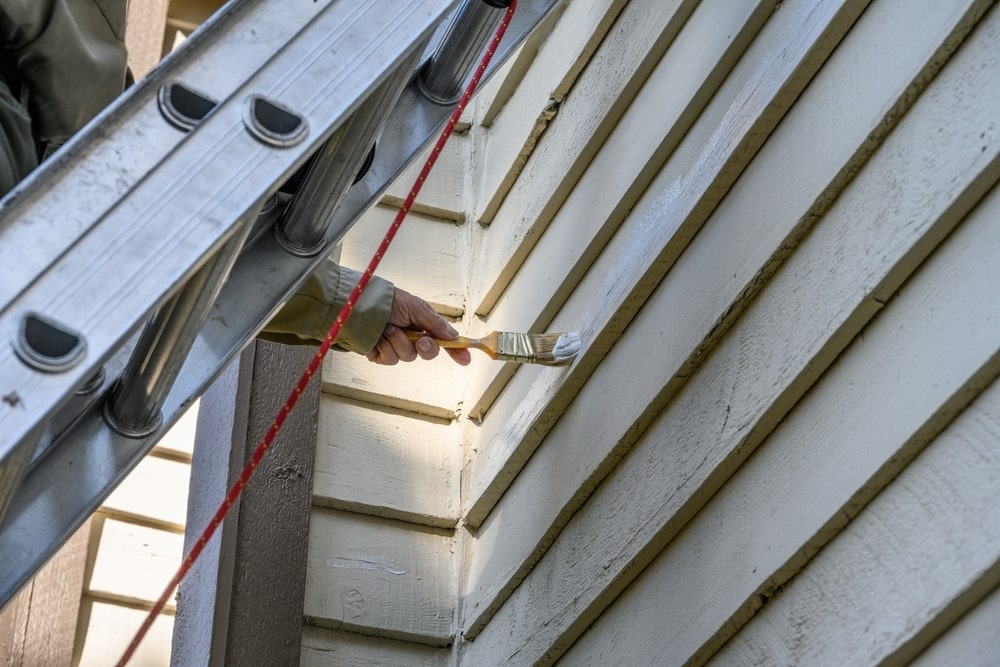
When starting a painting project, especially for your home or business, you may wonder if using a primer is necessary. Being able to answer the question of ‘what is primer paint’ and understanding the role it plays in achieving a high-quality finish is crucial. Whether you’re a homeowner, DIY enthusiast, or property manager, primer paint can ensure your final coat looks professional and lasts longer.
In this blog, we’ll explore the purpose of primer paint, the different types available, and how to use it effectively to enhance your painting projects.
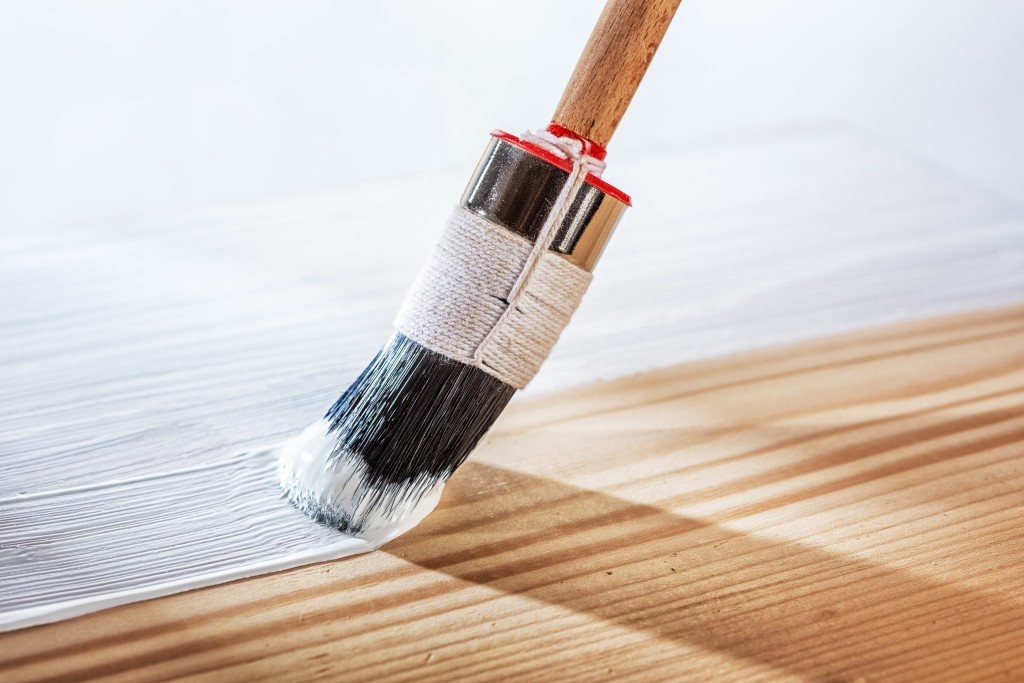
What Is Primer Paint?
Primer paint is a preparatory coating applied to surfaces before the topcoat of paint. It serves several critical functions that contribute to the success of your painting project. Primer paint creates a uniform surface, helping the paint adhere better and ensuring the final colour is even and true to its intended shade.
Primer works by sealing the surface, which helps to reduce the number of coats of paint needed and provides a stable base coat that enhances the durability and longevity of the paint job. Without a coat of primer, the paint may not bond properly to the surface, leading to peeling, cracking, and uneven colour application.
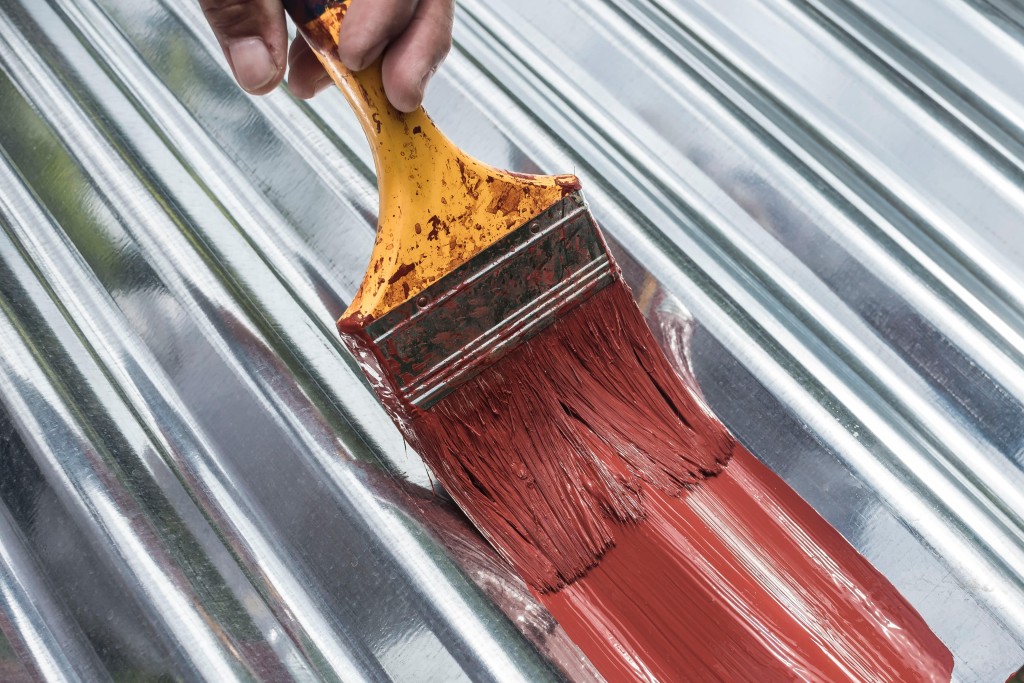
Choosing the Right Type of Primer Paint for Your Project
Understanding what is primer paint and the different types is essential to selecting the right one for your project. Primers come in various formulations, each suited to specific surfaces and conditions.
1. Oil-Based Primers
Oil-based primers are known for their excellent adhesion and durability, making them a top choice for both interior and exterior paint projects. They are particularly effective on wood, as they penetrate deeply into the grain, sealing it and preventing the wood from soaking up the paint. Residential painters often use oil-based primers on wood surfaces like furniture and trim, especially when transitioning from a dark colour to a lighter one.
When to Use Oil-Based Primers:
- Bare wood surfaces, including furniture and trim.
- Over surfaces previously painted with oil-based paint.
- When you need a strong seal against moisture, such as in kitchens, bathrooms, or outdoor areas exposed to the elements.
2. Water-Based (Latex) Primers
Water-based primers are more flexible and quick-drying compared to oil-based options, making them a preferred choice for many commercial painters working on projects with tight deadlines. They are easier to clean up, requiring only soap and water, and they are less odorous, which is particularly beneficial for interior paint jobs. These primers are also more environmentally friendly, a factor increasingly important in modern strata painting projects.
When to Use Water-Based Primers:
- Drywall and plaster surfaces.
- Surfaces that require a quick turnaround time.
- When applying latex paint as a topcoat.
3. Shellac Primers
Shellac primers are renowned for their exceptional stain-blocking abilities, making them a go-to for challenging strata painting projects and restoration work. Commercial painters often rely on shellac primers for their ability to cover tough stains like water damage, smoke, or mildew. These primers dry quickly and work effectively on a wide variety of surfaces, including wood, metal, plaster, and even plastic.
When to Use Shellac Primers:
- Stained or damaged surfaces that need thorough sealing are often encountered in strata painting or restoration projects.
- Surfaces that require a fast-drying, strong adhesive primer.
- When covering stubborn odours or stains, such as in restoration projects.
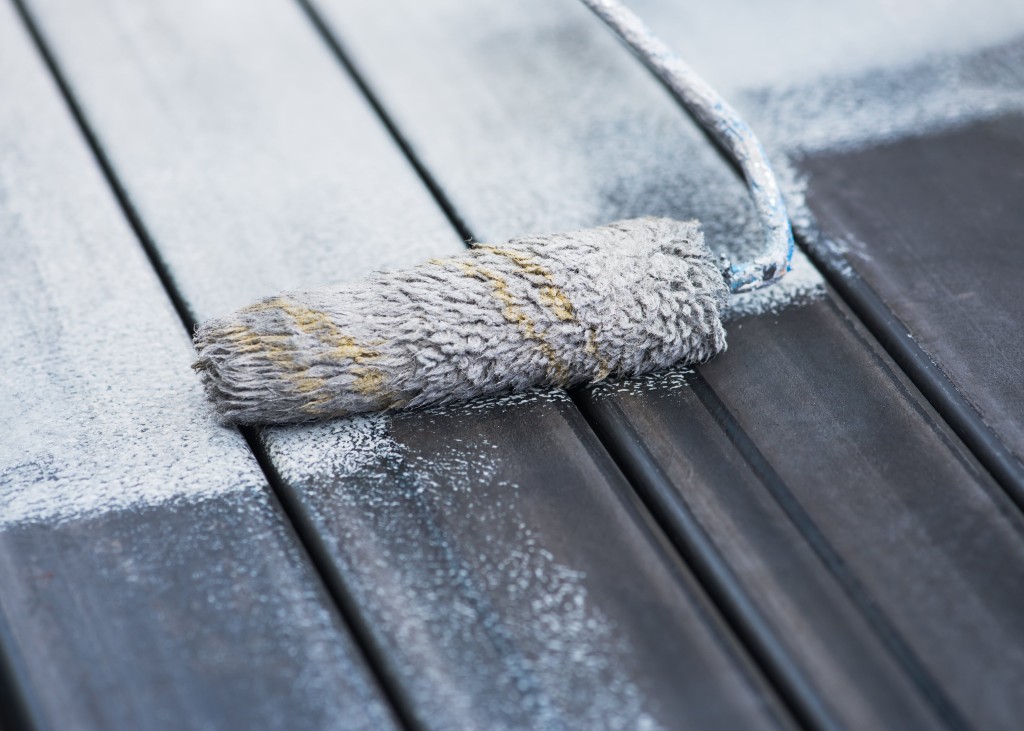
The Benefits of Using Primer Paint
Primer paint plays a pivotal role in the success of your painting project, offering several benefits that directly impact the quality and longevity of the finish.
1. Enhanced Paint Adhesion and Durability
Primer paint ensures that the topcoat adheres properly to the surface, reducing the risk of peeling or chipping. This is especially important on challenging surfaces like metal, wood, or glossy finishes. By providing a stable base, primer helps extend the life of the paint job, saving you time and money in the long run.
2. Improved Colour Accuracy and Uniformity
When applying paint directly to a bare or porous surface, the material can absorb the paint unevenly, leading to blotchy spots and inconsistent colour. Primer helps to even out the surface, allowing the paint to go on smoothly and uniformly, ensuring that the colour looks as it should.
3. Sealing Porous Surfaces and Preventing Stains
Surfaces like drywall, wood, and masonry are often porous, meaning they can soak up paint unevenly and cause issues like flashing or uneven sheen. Primer seals these porous surfaces, creating a smooth, non-absorbent layer that the paint can adhere to evenly. Primer can also block stains from bleeding through the paint, ensuring a clean, professional finish.
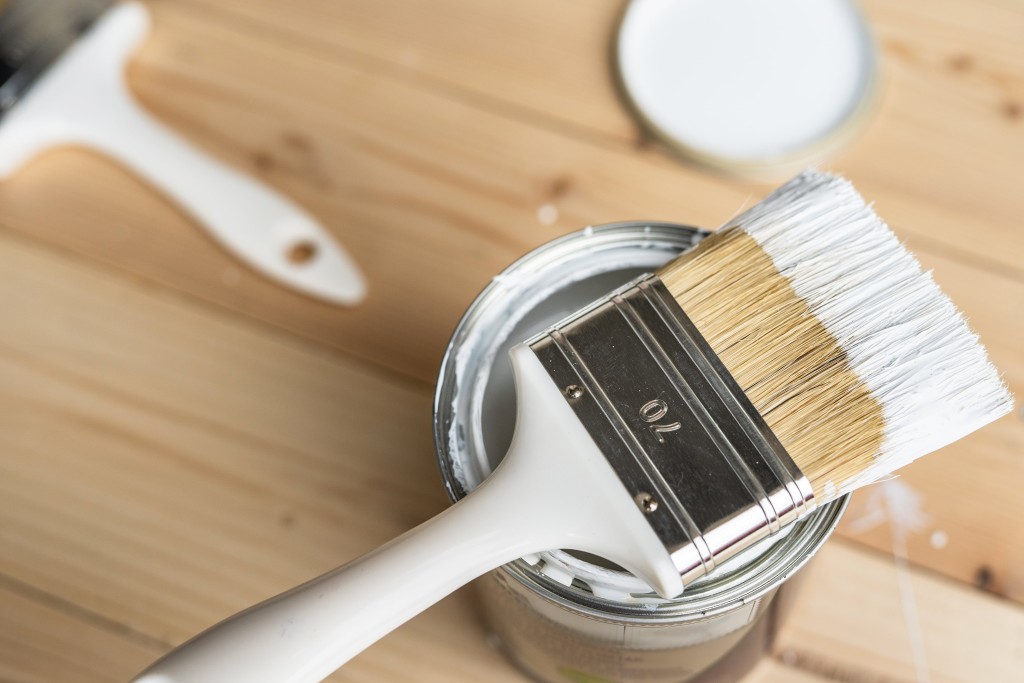
When to Use Primer Paint
Knowing when to use primer paint is key for achieving the best results. Here are some situations where priming is essential:
1. New Drywall
New drywall is highly porous and will absorb interior paint unevenly if not primed first. A drywall primer seals the surface and provides an even base for the topcoat, ensuring the paint applies smoothly and evenly.
2. Bare Wood and Metal
Bare wood can absorb paint unevenly, while metal surfaces can be slick and difficult for paint to adhere to. Both materials benefit significantly from the use of primer, which helps to create a smooth, adhesive surface for the paint.
3. Transitioning Between Colours
When changing from a dark colour to a lighter one, or vice versa, using a primer makes all the difference. The primer will help to cover the old colour and ensure that the new paint goes on evenly, without the old colour showing through.
4. Stained or Damaged Surfaces
If you’re dealing with stains, such as water damage or smoke, or if the surface has been damaged, a stain-blocking primer like shellac is necessary to cover and seal these imperfections.
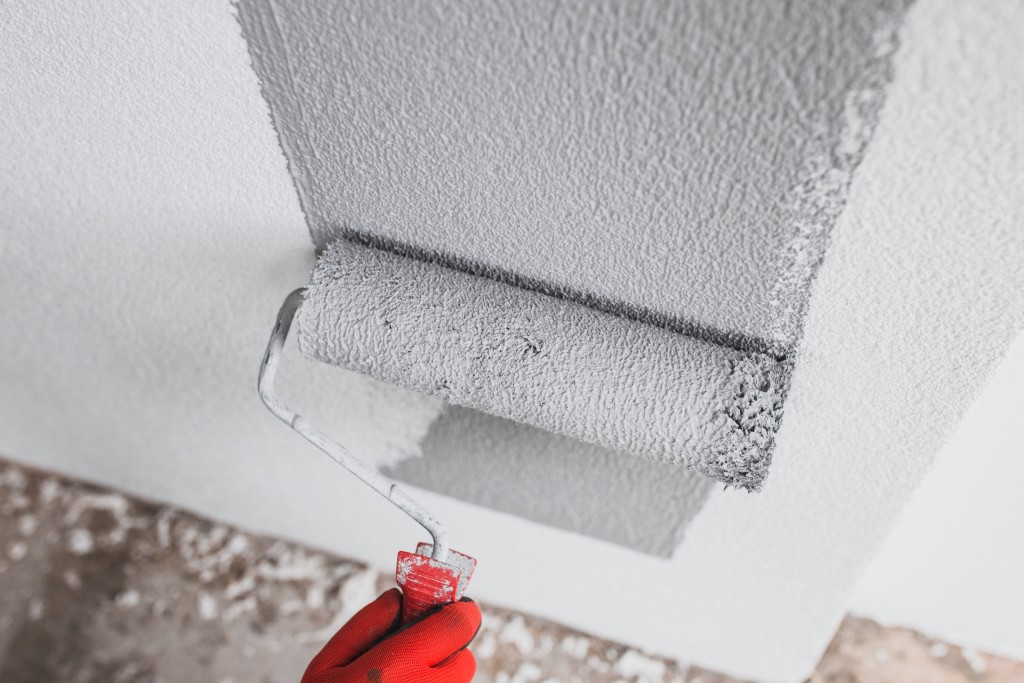
How to Apply Primer Paint
Applying primer is straightforward, but there are some key steps to follow to ensure the best results.
1. Surface Preparation
Before applying primer, make sure the surface is clean, dry, and free from dust, grease, or loose paint. Sand rough surfaces to create a smooth base, and fill any holes or cracks with filler.
2. Choosing the Right Tools
Use a high-quality brush, roller, or sprayer, depending on the size and type of surface. For large, flat areas, a roller is ideal, while brushes are better for edges and corners.
3. Applying the Primer
Apply the primer in a thin, even coat. Avoid overloading your brush or roller, as this can lead to drips and an uneven finish. Follow the manufacturer’s instructions regarding drying times, which can vary depending on the type of primer used.
4. Drying Time
Allow the primer to dry completely before applying the topcoat. This usually takes a few hours, but it can vary based on the primer type and environmental conditions. Rushing this step can lead to poor adhesion and a subpar finish.
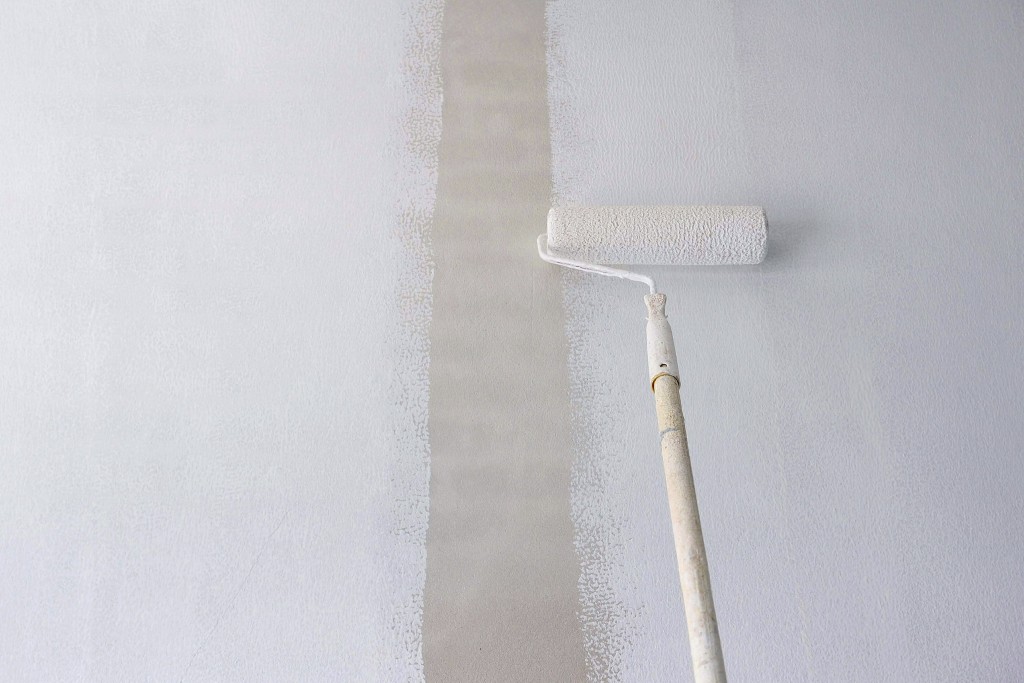
Common Mistakes to Avoid
Avoiding these common mistakes can help ensure your painting project is a success:
Skipping Primer:
Even if the surface seems smooth, skipping primer can lead to peeling paint, uneven colour, and reduced durability.
Applying Primer Too Thickly:
A thick layer of primer won’t necessarily improve the finish and can cause issues like cracking or bubbling.
Ignoring Surface Preparation:
Properly cleaning and preparing the surface is crucial for the primer to adhere correctly.
Rely on a Premium Result with Elite Painting
Understanding what is primer paint and how to use it effectively is crucial for achieving a flawless, long-lasting paint job. By selecting the right primer and applying it correctly, you lay the foundation for a professional-looking finish that adds to both the beauty and durability of your space. Whether you’re tackling a small room or an entire building, proper priming is a step that truly pays off in the end.
If you’re looking for expert assistance with your next painting project, Elite Painting is here to help. Our experienced team masters the ins and outs of priming and painting, handling every detail with precision and care. Contact us today to start transforming your space with a high-quality, lasting finish.
